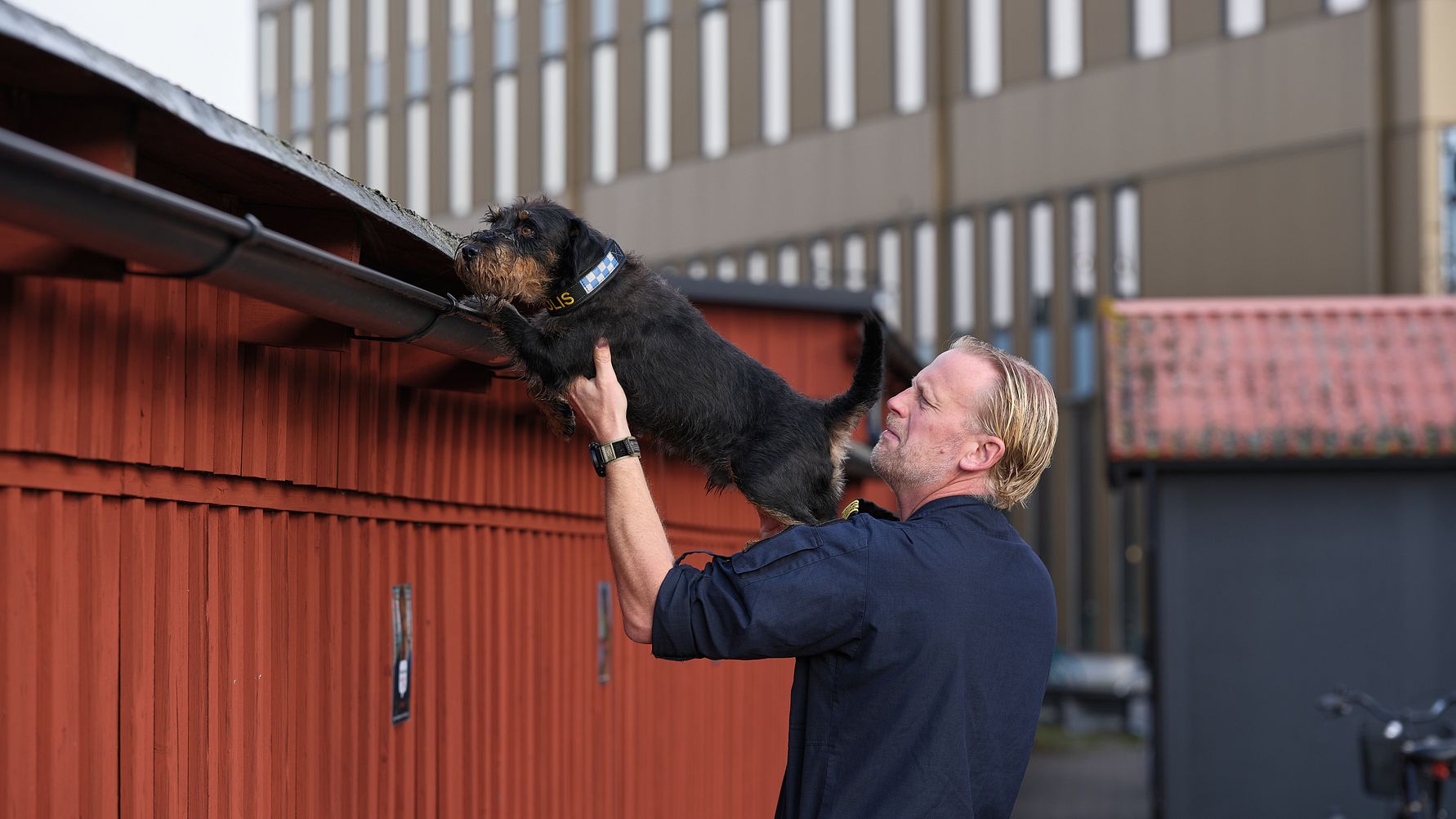Swedish news, week 43 in 2025
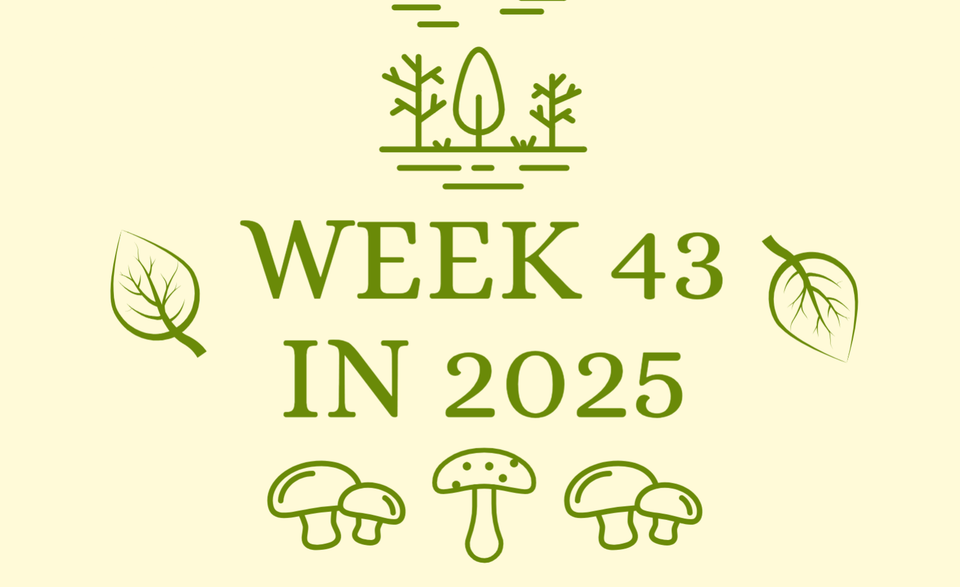
Immigration news
The prime minister elaborated a bit on his party's upcoming proposal of “a Sweden contract” (Sverigekontrakt) in an interview to Sveriges Radio (part of public service). The contract is something that the party thinks all immigrants should sign to be granted the residence permit. It is about “Swedish values”, Kristersson said, for example “to work and support oneself financially” as well as equality and children's rights. To the question of how this will be enforced or checked he said there will be an inquiry launched to figure that out, but also that there are supposed to be real consequences for not living up to “the Swedish values”, as in the residence permits being revoked.

Migrationsverket has published its updated forecasts. For 2025, they think more people will leave voluntarily after a deportation/rejection decision, namely 9500 and not 8800 which they thought before. This is for both asylum seekers and people who have applied for other residence permits, e.g. work permits. The forecast for 2026 is increased by 1300 departures.
The forecast for the number of asylum seekers is unchanged from the previous forecast in July (6500 will seek asylum this year and 5500 in 2026). For temporary protection seekers from Ukraine, the forecast is raised by 500 applications to 9500. This is due to Ukraine raising the age limit for young men to leave the country from 18 to 23.
The number of citizenship cases decided is expected to fall this year. This is mainly due to Migrationsverket introducing a new working method on behalf of the government to strengthen the security perspective in these cases. They now think the number of decided citizenship cases in 2025 will be 48000 (a decrease with 7000 cases). Migrationsverket also forecasts that incoming cases about citizenship will decrease in 2027 and 2028 by 6000 cases per year, down to 54000.
All in all they think this will keep the number of open citizenship cases at 100k all the way into 2028, as opposed to the previous forecast where they thought it would increase to 150k.

The updated forecast does not take into account the tentative proposals about permanent residence permits being replaced by temporary ones and stricter rules for family immigration.
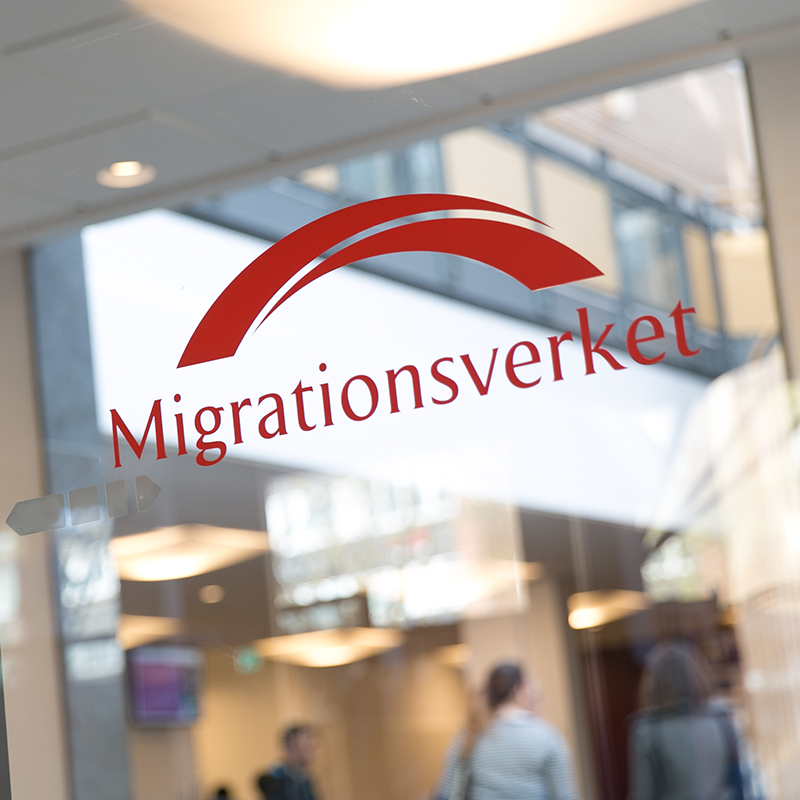
Trade union Solidariska byggare (very literally: solidary builders) has written a debate article in Dagens Nyheter. Key quote: “When there's talk of stopping fraud in the construction industry, migrant workers are hunted down, but it's the companies that are the problem. They are behind the money laundering, the horrible conditions, and the threats of violence. The rot in the industry is systematically threatening, but the worst affected are those who are forced to work in the fraudsters' schemes.”
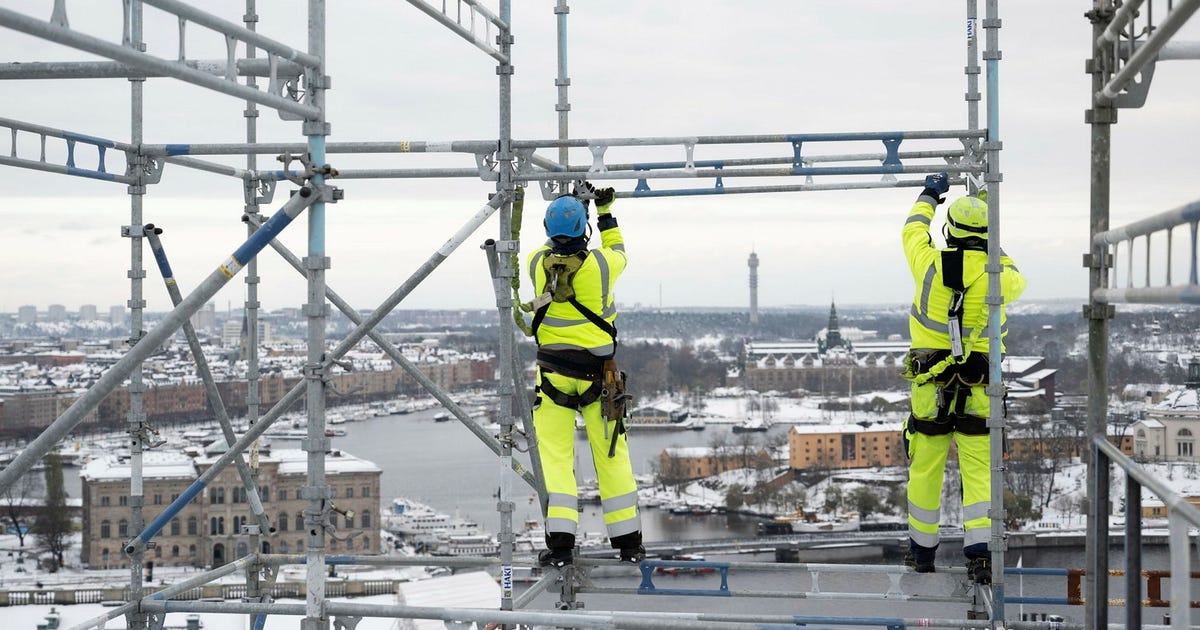
Lund University and Karolinska Institute got lots of applications when they advertised open positions as assistant university lecturers and visiting professors aimed at foreign researchers. Lund got 963 applications for 15 positions as assistant university lecturers, and 357 for the ten positions as visiting professors. The applications were so strong that the university extended the visiting professor role to 15 spots.
The government is currently subsidizing the hiring of leading non-European researchers with 2 million SEK over a year per researcher (for salary and relocation costs).
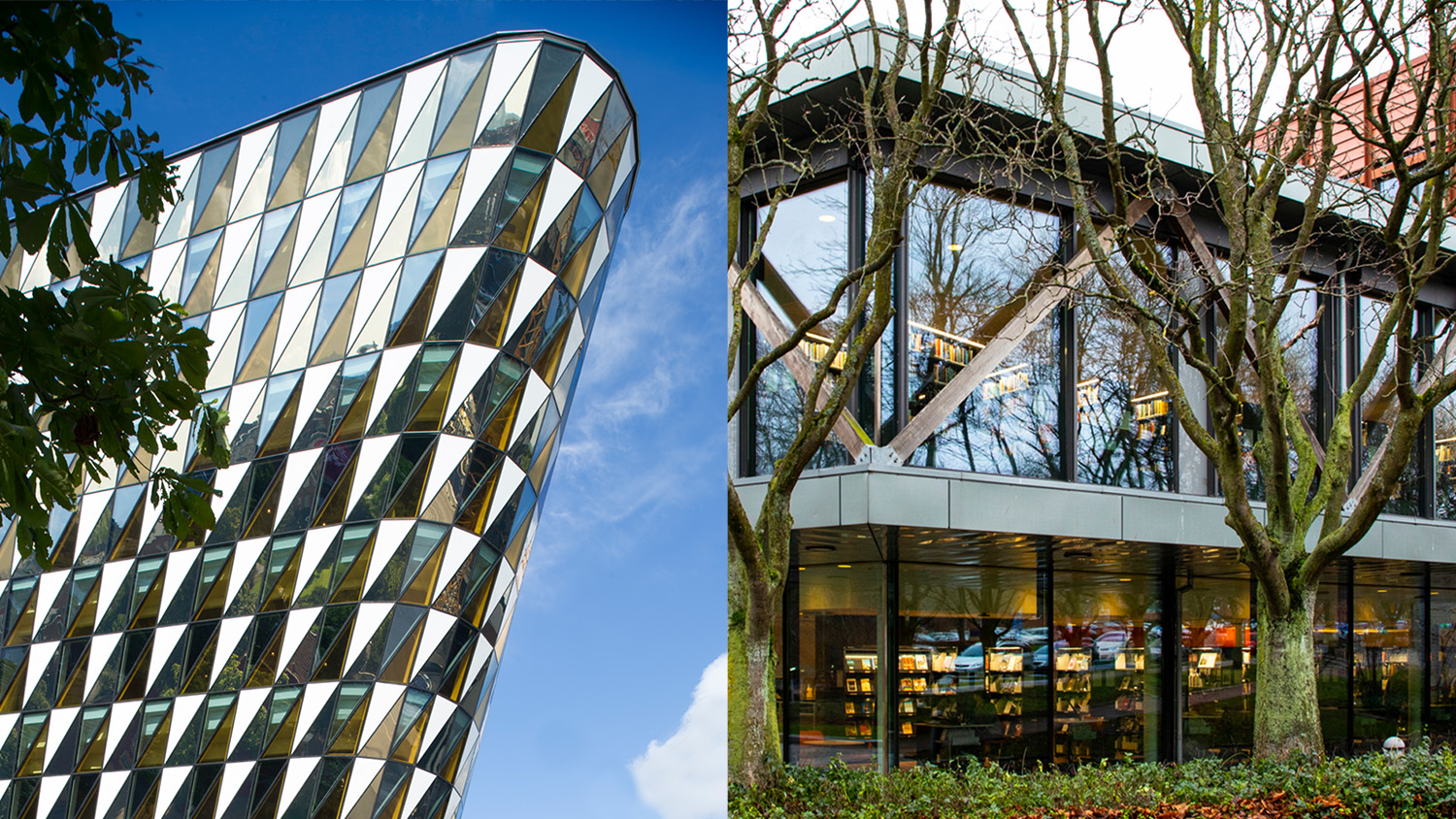
Reports and data
SNS (Center for Business and Policy Studies, an independent, non-profit organization) has published an assessment of the Swedish carbon tax and biofuel blending on the structure, productivity, and carbon dioxide emissions of haulage companies during the period 2007–2020. TL;DR: productivity increased, emissions decreased, especially for the biggest companies (productivity +37%, emissions -30%). The efficiency gains in the industry came mainly from better logistics, route optimization, and heavier vehicles, not from mergers.
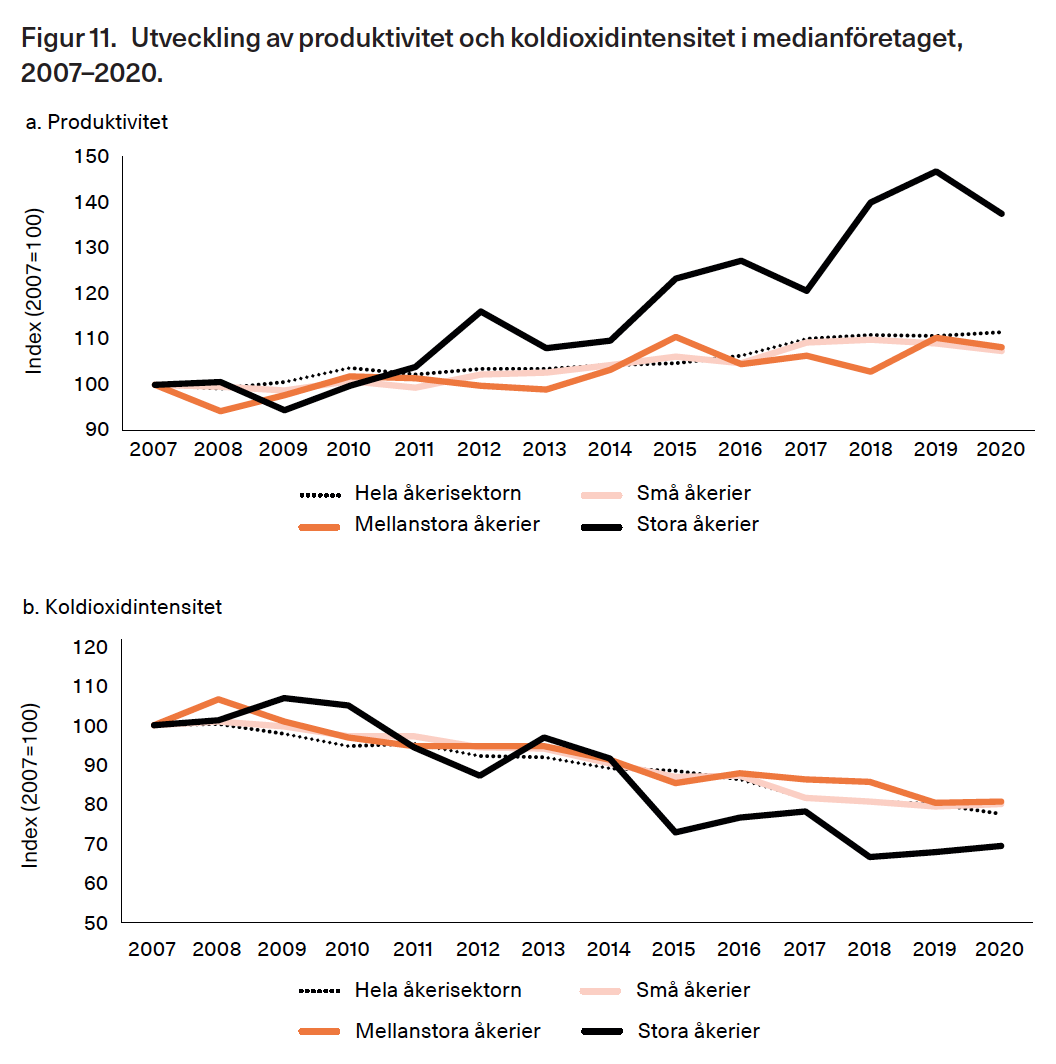
SVT (part of public service) gives us some interactive graphics this week, presenting drug consumption in different municipalities in comparison to each other. If you've ever wondered whether cocaine is more popular in Malmö or in Visby, this is the map for you. On a more serious note: the data comes from the measurements in wastewater, and only 36 municipalities are present in the data.

Rädda Barnen (the Swedish chapter of Save the Children International) has published a report on children poverty in Sweden. The report shows that 276000 children live
in economic vulnerability (2023), which is 12.9% of all children. Child poverty
was decreasing in 2019–2022 and then increased by 0.8% in 2023. 39.3% of kids who live with a single mother are poor. 33.6% of those with foreign background are poor too (compared with 5.8% of those with Swedish background). Rosengård (a district in Malmö) has the highest child poverty with 59.4%, and Kungsholmen in Stockholm has the lowest, 3.2%.
The underlying stats do not include asylum seekers, Ukrainians who came to Sweden before 2024 and are staying with residence permits based on the EU's directive,
families with children without the necessary permits, and EU migrants. Another group that is not visible in the statistics is children in families with debt restructuring where Kronofogden seizes earnings and other incomes for payment of a debt.
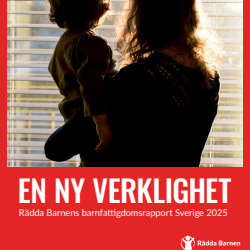
Stadsmissionen (City Mission, charity on Christian grounds) has also published a report about poverty (not just children's but everyone's). They write that 698000 people live in social and material poverty in Sweden today, almost double the number since 2021. Sweden's City Missions are encountering more and more people in financial vulnerability and see shortcomings and systemic flaws in the developments of the welfare society that make it impossible to break the cycle of financial vulnerability. All sorts of support has been decreased over the years, and Sweden's safety net does not provide enough even for food anymore. Stadsmissionen proposes a number of measures to curb the trend and protect the trust to the state which is fundamental to the social contract that Sweden is built on.
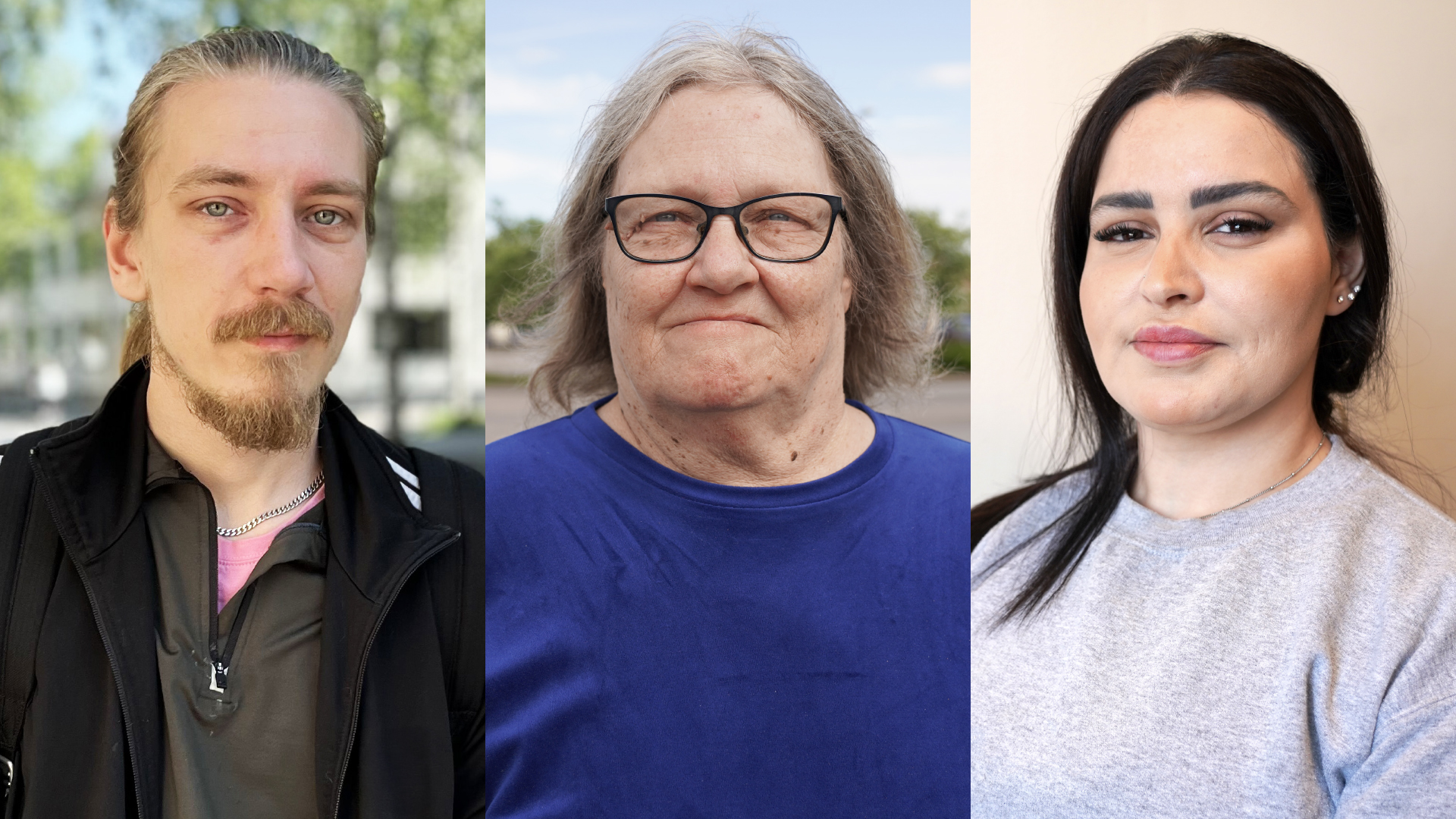
Brå (Brottsförebyggande rådet, the Swedish National Council for Crime Prevention) published the results of the yearly survey on national security. One in five people in the population (aged 16–84) report that they have been victims of one or more crimes against individuals in 2024. The proportion has remained relatively stable at around this level since 2020.
The proportion of households that have been victims of one or more property crimes (burglary, car theft, theft from or of vehicles, or bicycle theft) continues to decline. Since 2019, the proportion has fallen from 14.6% to 11.4%.
One in four people say they feel unsafe outside late at night in their own neighborhood. This is essentially unchanged compared to 2024, but has decreased slightly since 2021, when it was 28%. Concerns about being exposed to various crimes are also at roughly the same levels as last year, but have generally decreased since 2020, although to varying degree. The exception is concern about being exposed to fraud on the internet, which has instead increased since 2022 (from 32% in 2022 to 39% in 2025).
The proportion of people who are very concerned about crime in society has increased again after a decline in last year's survey. This is a continuation of the general upward trend seen over the past 10 years. The proportion has increased from 28% in 2014 to 54% in 2025.
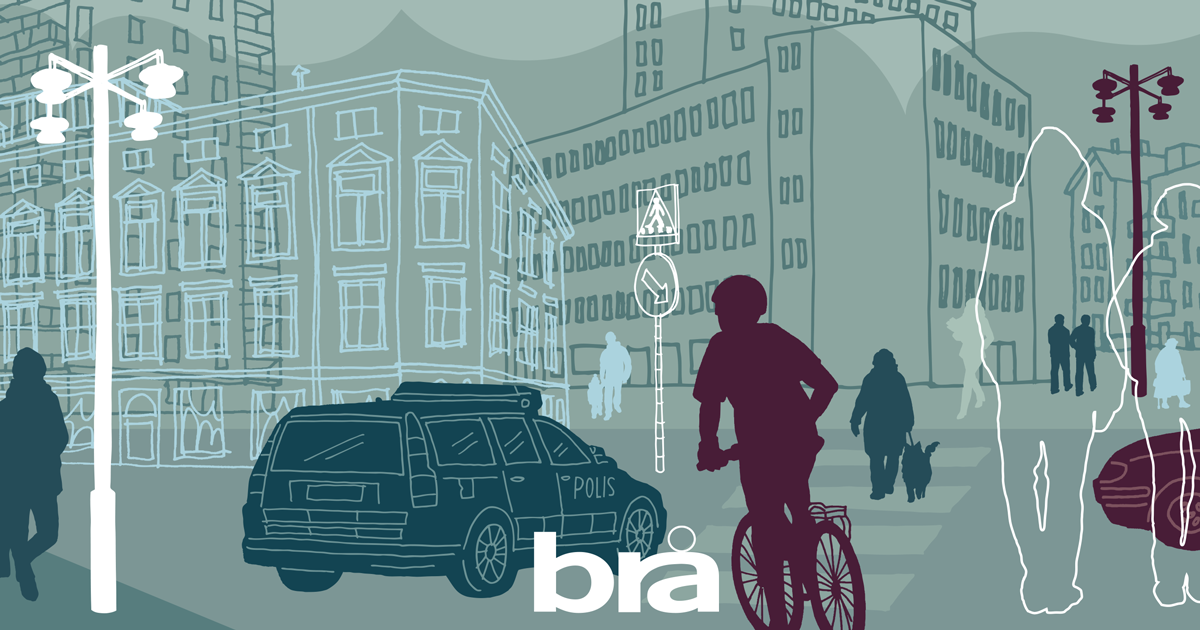
At the fika, you might hear about...
The winter time (or just the normal time), how it's a pain in the ass for parents of small children, and how EU wanted to stop setting our clocks back and forth a few years ago already, but never gets around to finalizing that.
Also, the title of the year's police dog went to a German hunting terrier, which is an unusual breed for this line of work. His handler said he chose it because unlike a more traditional choice of, say, German shepard, who usually gets a reward for finding something, the hunting terrier feels that the search is a reward in itself.
